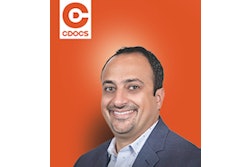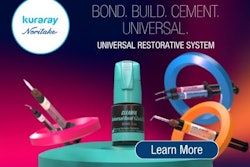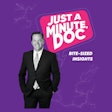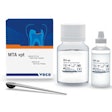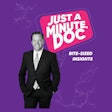Dr. Dan Butterman is back with another clinical tip that is sure to help any dentist with his or her dental restorations.
Video transcript
"Hi, I'm Dr Dan Butterman for CDOCS.com, and this is the tip of the day. Today, I'd like to talk about screw-retained restorations.
"For a lot of us, that is the design of choice, and it's the restoration that we generally want to use just to prevent cement sepsis. The problem that a lot of us have is that when we create a screw-retained restoration within the CEREC software, or even when a lab makes it for us, we go to seat that restoration, and oftentimes we find that the restoration is not completely going down.
"So what do we typically do? We'll start adjusting the contacts, and we'll adjust the contacts, and then we try and seat the restoration. It goes down just a little bit further so we feel like we're on the right track. We do it just a little bit more and then eventually the restoration drops in, but now we have an open contact, and that turns into a really bad day.
"How do we compensate for that? How do we figure out two ways to avoid that? The first thing that we want to look at is the path of insertion, and it's really important to understand that when we make a screw-retained restoration, we have two separate paths of insertion.
"We have the abutment with the indexing that has to fit in the implant. If that isn't parallel to the contacts of the adjacent teeth, then there's no way this is going to seat it. And it'll be an issue where a situation where we have something like this, where the implant is positioned at an off angle to those contacts. There's no way that this is going to easily seat it as a screw-retained restoration.
"So, whether you're placing the implant yourself or you're having somebody do that for you, rather than trying to parallel the implants to the root of the adjacent teeth, we want to make sure that we parallel the implants to those contacts so that we can very successfully have a screw-retained restoration.
"We want to check in the software and when we're designing the restoration. That's our first choice in administration, whether it's a screw-retained or cementable restoration. And we want to make sure that the ScanPost and the design is parallel with those adjacent teeth, and you'll have a very successful restoration.
"I hope this information was helpful, and if you'd like to see more, please visit us at CDOCS.com."






